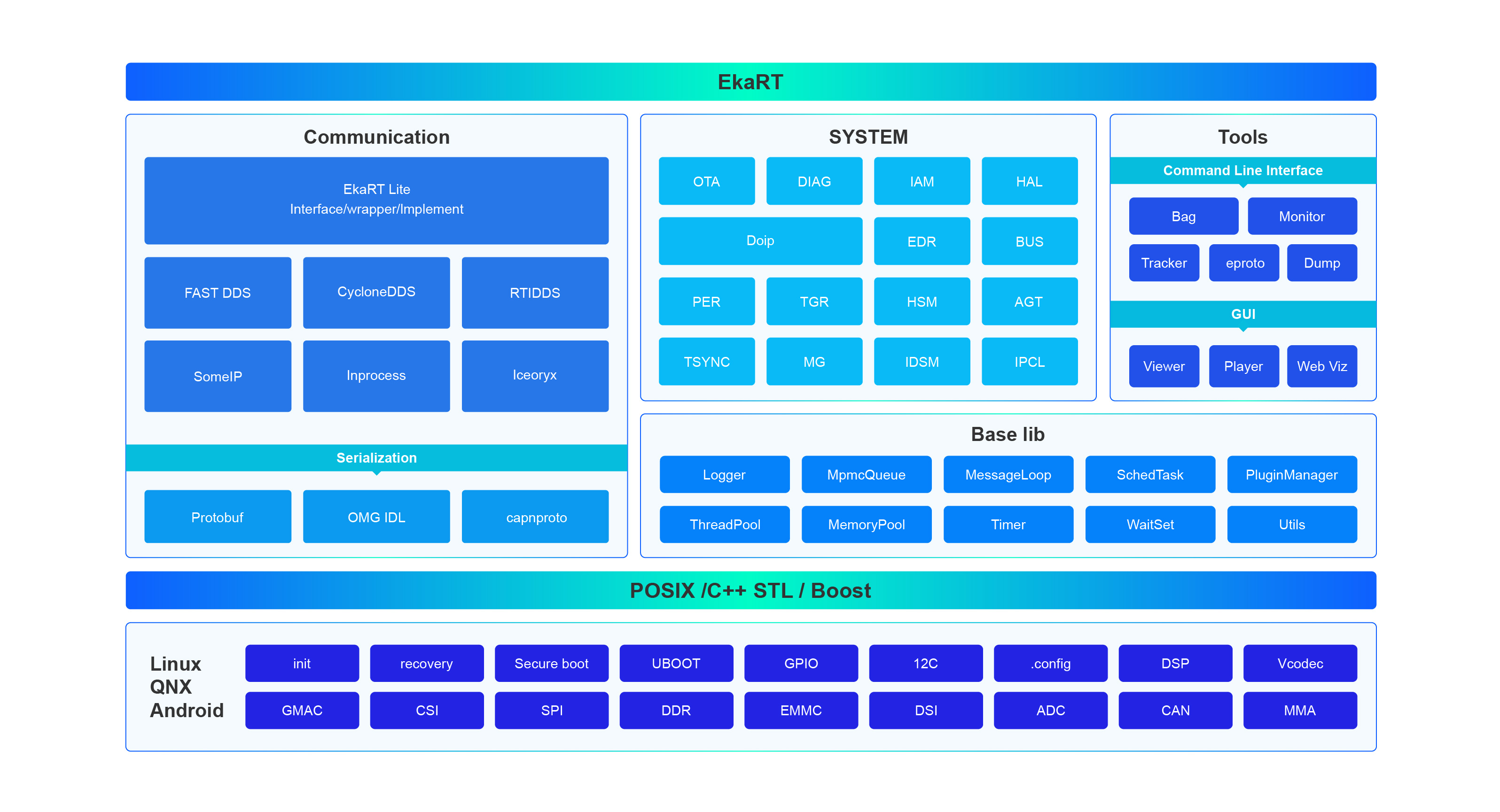Advantages

All-Weather & All-Time Performance

High Cost-Effectiveness

Unified Software-Hardware Architecture

High Safety & Reliability

Scalable ODD

Modularized Delivery
Application Scenarios

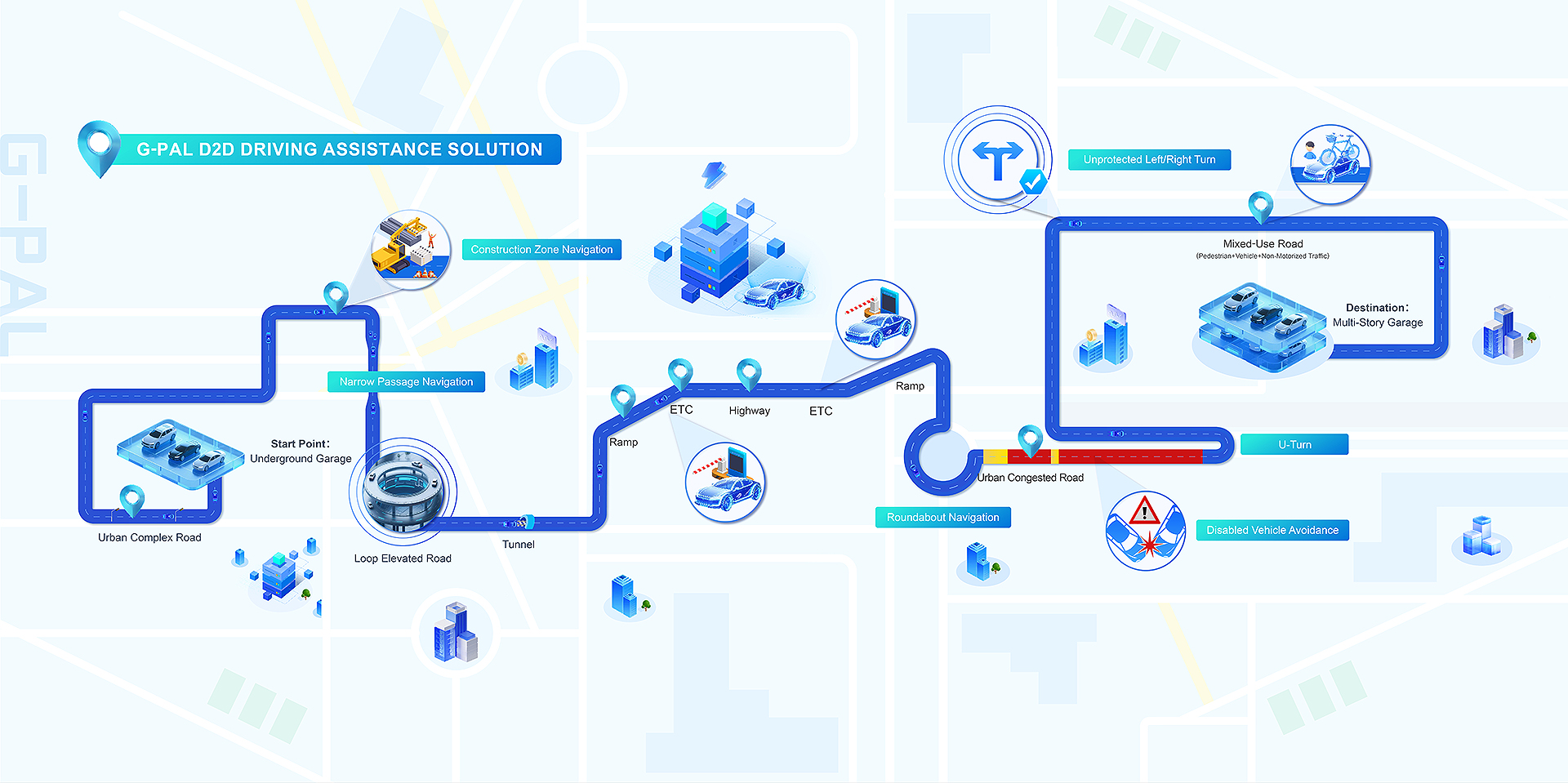
G-PAL Driving-Parking Integrated Driving Assistance System
High Performance & HD-Map Free
11V5R Mid-high Compute Domain Controller
(J6M/2*J6M/MDC 510Pro/MDC 610/Orin X)
Delivers better computational performance capable of supporting ADAS applications
including Urban NOA, empowering the market competitiveness of OEMs.


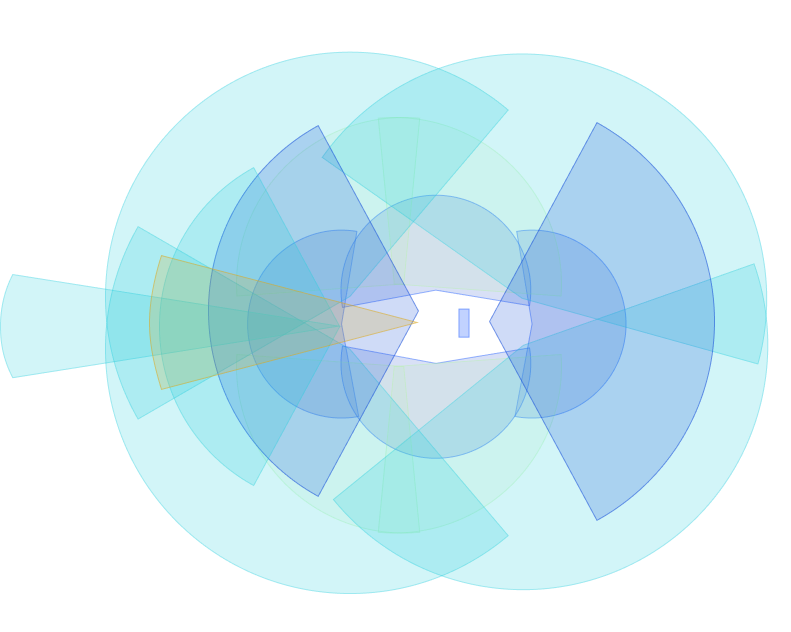
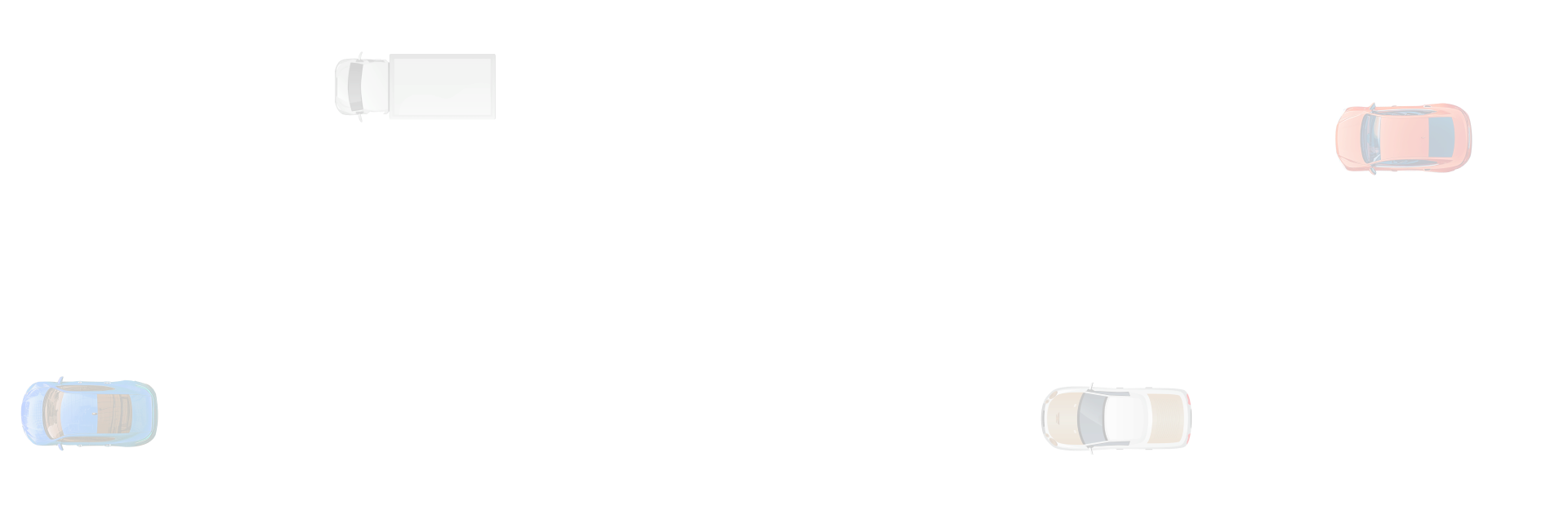
4D Imaging Front Radar
4D Imaging Corner Radar
Front View Long-Focal Camera
Front View Wide-Angle Camera
Rear View Camera
Surround View Camera
Side View Camera
Domain Controller

D2D

Urban NOA

Highway NOA

Roundabout Navigation

General Obstacle Avoidance

Unprotected Left Turn
11V
Front view: 8MP *2
Rear view: 3MP *1
Surround view: 3MP *4
Side view: 3MP *4
5R
4D imaging front radar (FR6C) *1
4D imaging corner radar (CR6C) *4
Software Architecture
Functions
创新技术






World Model and Large Model Coupling-Driven End-to-End Technology
GGPNet: G-PAL Generalized Perception Network
Integration Strategy of Predictive Decision-Making Network Model and MCTS Decision Tree
360° "Vision+4D mmWave Imaging Radar" Dynamic/Static Perception & General Obstacle Detection
High-Robustness and High-Reliability Planning and Control Framework
EkaRT: Cross-Domain Multi-Platform Middleware
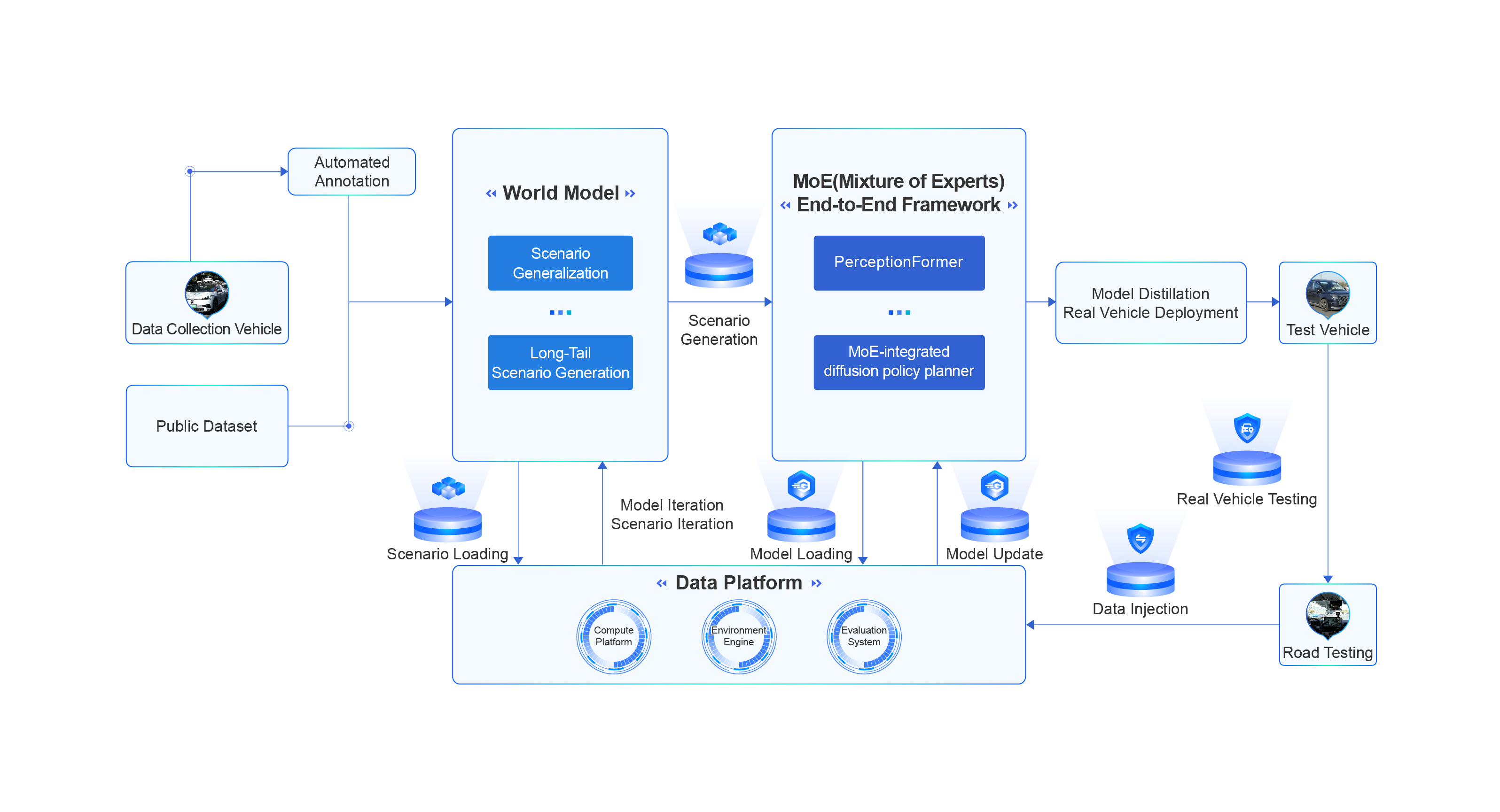
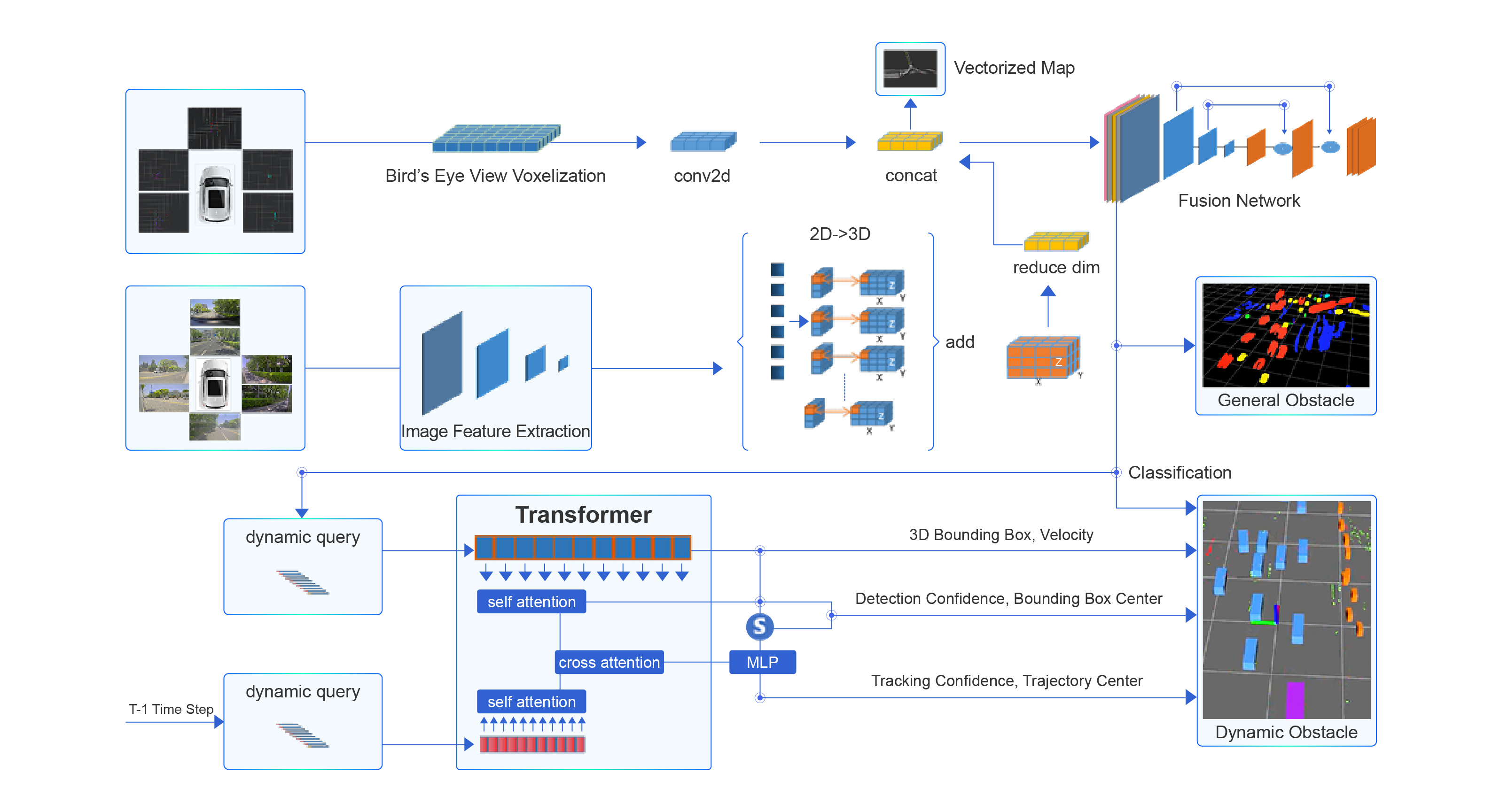
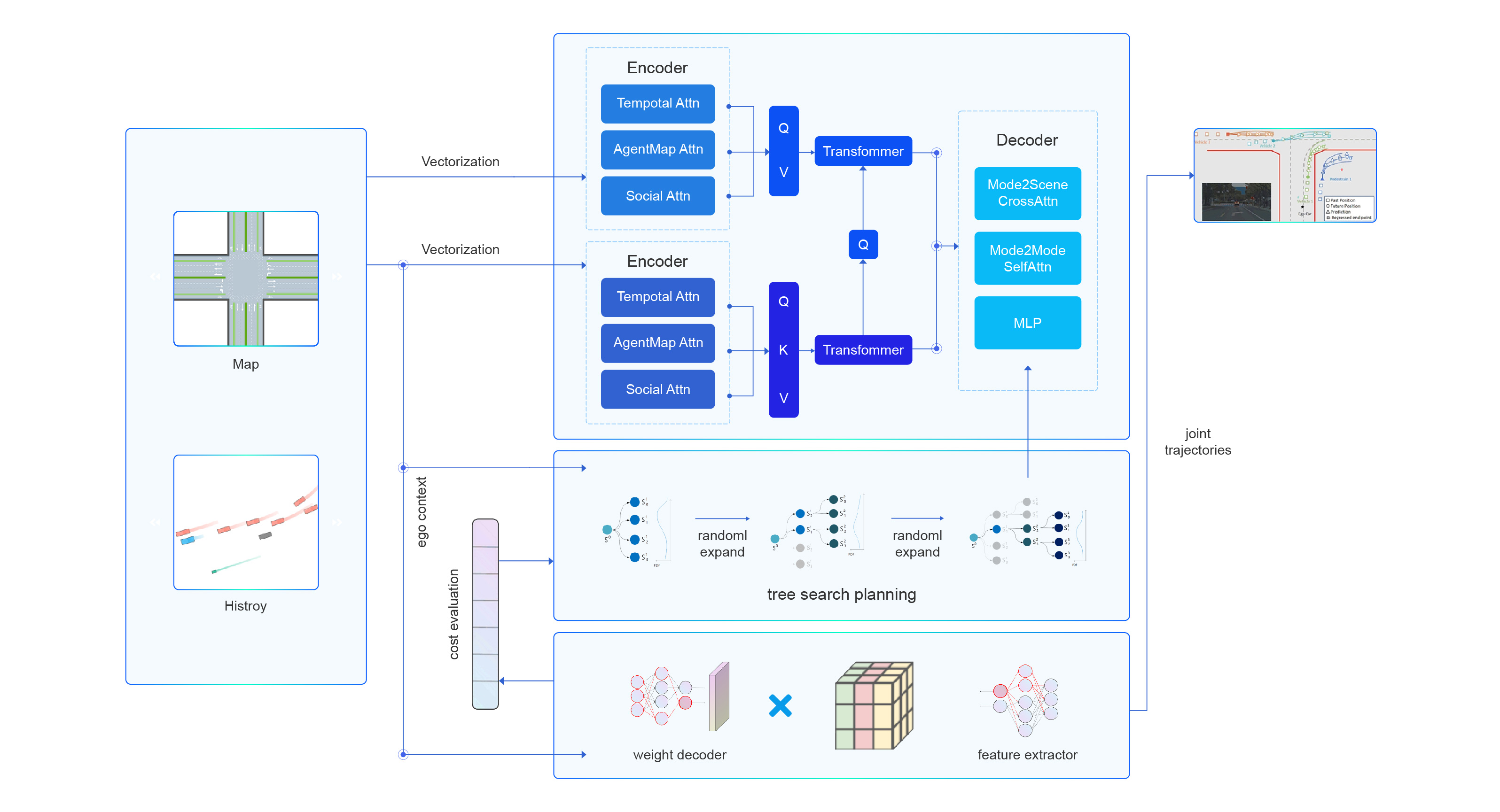

Watch video
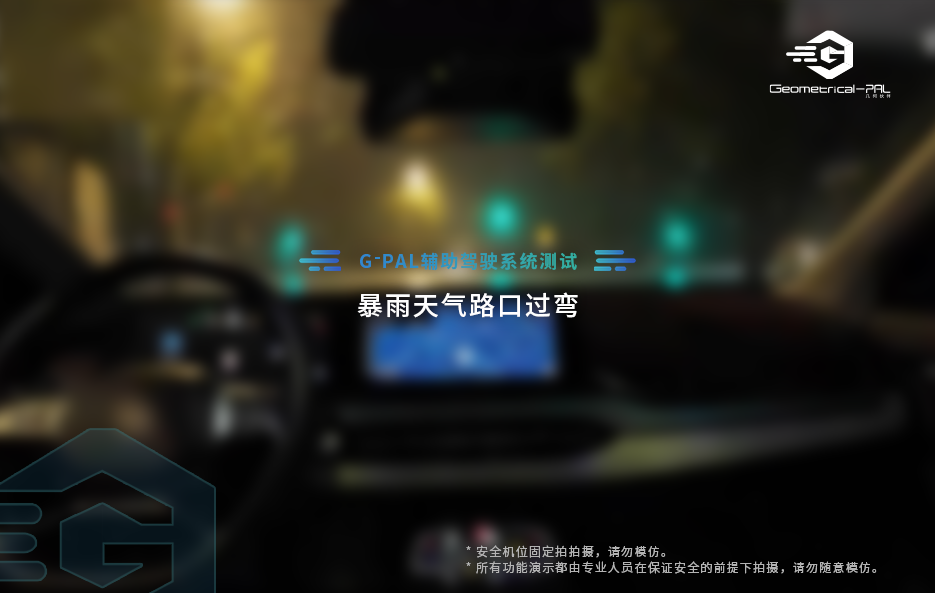
Watch video
